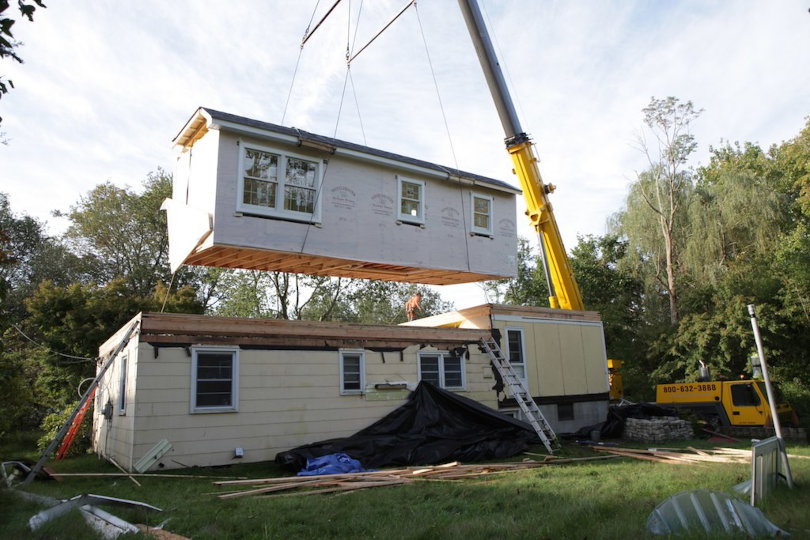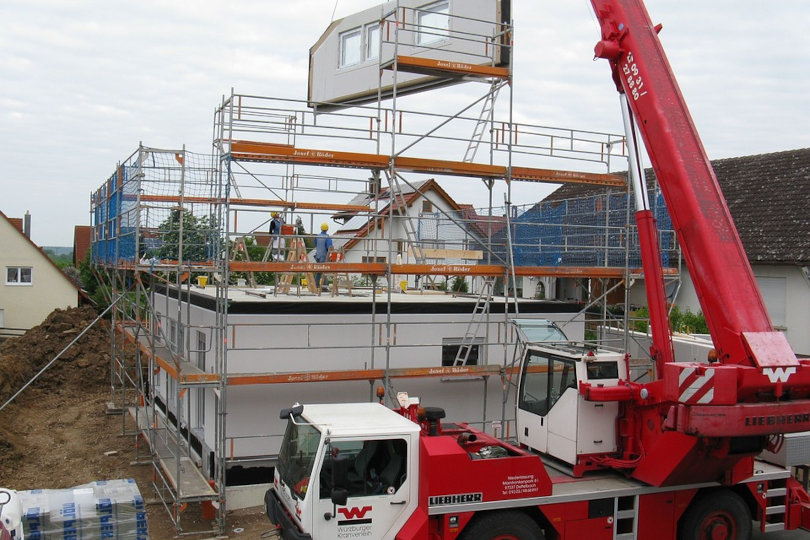Innovations in housing provides new options for developers while restoring faith for those dreaming of home ownership as part of the American dream

As a prospective home buyer or residential developer, the current housing market and subsequent crisis are difficult to ignore. Recent studies by the National Association of Realtors and Freddie Mac revealed a shocking, estimated shortage of 2-5.5 million housing units nationwide, which is continue to be a hot topic within the residential real estate industry.
What once started as a coastal issue across California has now grown to affect every region of the United States. Many families and other potential home buyers sit between a rock and a hard place. Today’s inventory of homes is too expensive (not to mention the added costs from rising interest rates), and rents remain high, leaving many with minimal options and a draining bank account with no savings and no investment in housing to build equity and financial security.
Many housing experts have voiced that investing in manufactured homes, or ‘factory-built’ homes, could effectively meet current housing needs. And with prices soaring to new heights, buyers and developers have quickly become attracted to the attainable, quality alternatives now known as factory-built homes.
This solution requires more developers to consider planning with factory-built homes in mind to overcome the barriers prospective home buyers face. Today’s factor-built home options are attractive and cater to creative inspirations, including multiple floor plans and available upgrades that make subdivisions and residential community developments beautiful, functional, financially attainable, and built above and beyond the stringent building and federal codes and zoning compared to decades past. For developers, this new class of homes is positioned to help meet buyers in areas that may be hindering their move from renting to owning.
In the past, manufactured homes have come with a slight stigma of being built with the bare minimum of standards, offering little to no aesthetic design elements and zoned only for rural areas or park communities. That stigma has now dissipated with the advancements of factory-built homes. Companies like The Home Gallery has led the charge to challenge this status quo, offering quality homes that come with the highest federal building codes and a line-up of designs from traditional to contemporary that can be placed anywhere in the State of California with peace of mind that they will comply with any city or county building codes.
Benefits of buying a factory-built home and the environmental impact on sustainability
Factory-built homes are an excellent alternative to traditional stick-built homes because they produce notably less waste and have a reduced carbon footprint. Also, some companies, like The Home Gallery offer homes that come solar panel ready direct from the factory, and for each house built in their factory, The Home Gallery buys carbon credits that plant trees to offset environmental impacts.
The most attractive aspect of factory-built homes is that as a financially attainable option, and they provide a viable solution to the progressing housing crisis. For example, Californians looking for that first home, or factory-built home within a development, can access traditional financing options through the Fannie Mae MH Advantage plans offering three percent down with standard 30-year fixed mortgage rates on solely the home or a home and the land purchase.
Outside of a housing development project, homes can be placed in residential neighborhoods, park communities, and owned land, which provides more flexibility in purchase options for buyers allowing them to shop for land, not just houses.
Financing is not the only attractive benefit of today’s factory-built home market. Factory-built homes are perfect for ADUs (Accessory Dwelling Units) which can drive passive income or be used for Ag land development.
All the advantages of purchasing a factory-built home are upfront – the cost, permitting process, and fast time frame. Once purchased, the price of the house is locked in, excluding future costs and leaving buyers stress-free.

How and why will this emerging trend continue to grow
As experts continue to monitor housing trends and market volatility, there is an expectation for factory-built homes to continue to be a rising trend for consumers in the market in 2023.
The good news is that there is growing support on the federal level to help the housing market and its buyers reach home ownership goals. In May of 2022, the White House released its new affordable housing plan that ushers in a pilot financing option for producing and preserving manufactured homes, providing incentives for zoning reform across the country.
Thanks to the lower cost of materials, faster build timeline, and greater energy efficiency than stick-built homes, factory-built homes are cost-effective and can be a luxurious option for buyers on a budget. The average cost of factory-built homes is between 10% and 35% less per square foot than traditional homes while maintaining a simple beauty, elegance, and sustainability to match nearly any lifestyle.







